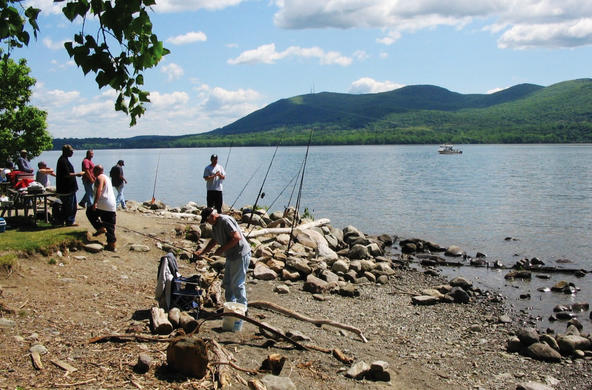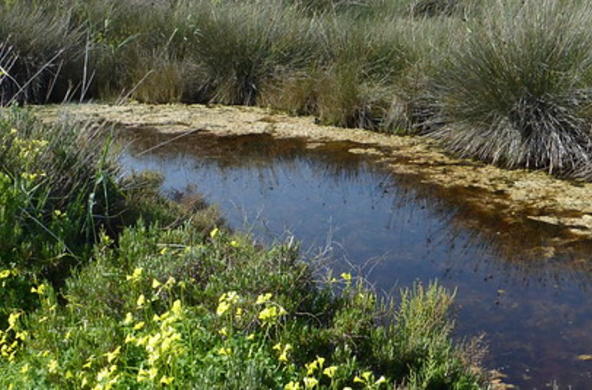Podcast interview with freshwater ecologist Dr. Stuart Findlay.
The sediments that are brought into the river decrease the penetration of light into the water. So any plants that are living on the bottom will get less light than they would normally. The plants in the river are limited by how much light they get. It turns out they have plenty of nutrients which is the sort of the fertilizer that makes them grow. But what they're lacking is sufficient light to be as productive as they could. The productivity of these plants is actually a source of food for a whole variety of different organisms from very tiny crustacean creatures to insects, ultimately, to fish. So if the plants can't be productive, then that source of food is cut off. And the other thing that happens during some of these events, the really big events, is the plants that are living in the river actually get uprooted and carried away. So not only would they have a tough time growing because of lack of light, but they might actually be physically disrupted and carried off somewhere else and that's the end of the line for them, for most of them when that happens.

Beds of submersed aquatic vegetation ("SAV"), such as water celery, play important roles in a river's ecosystem.





